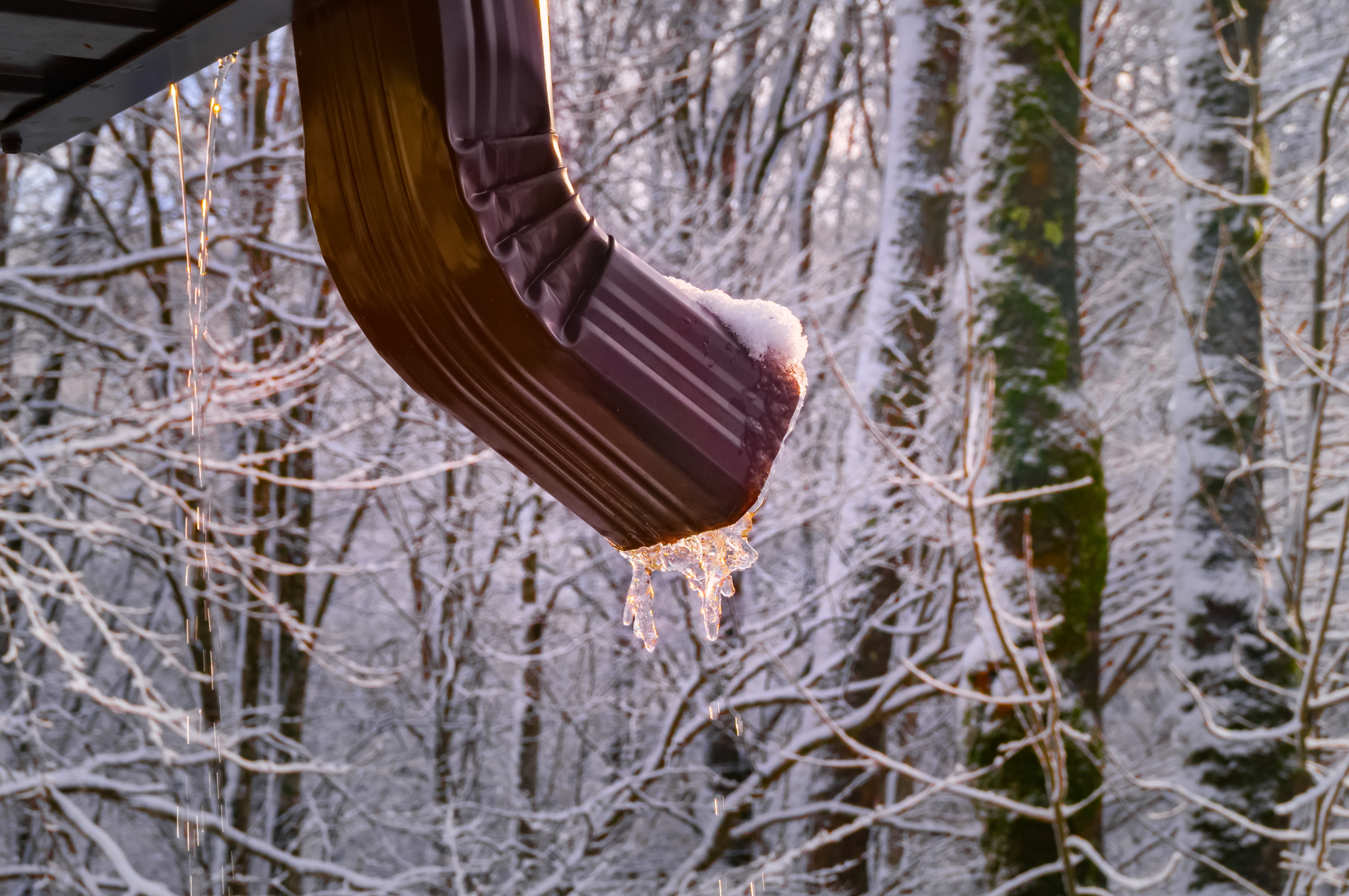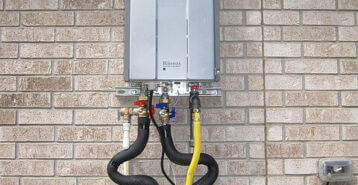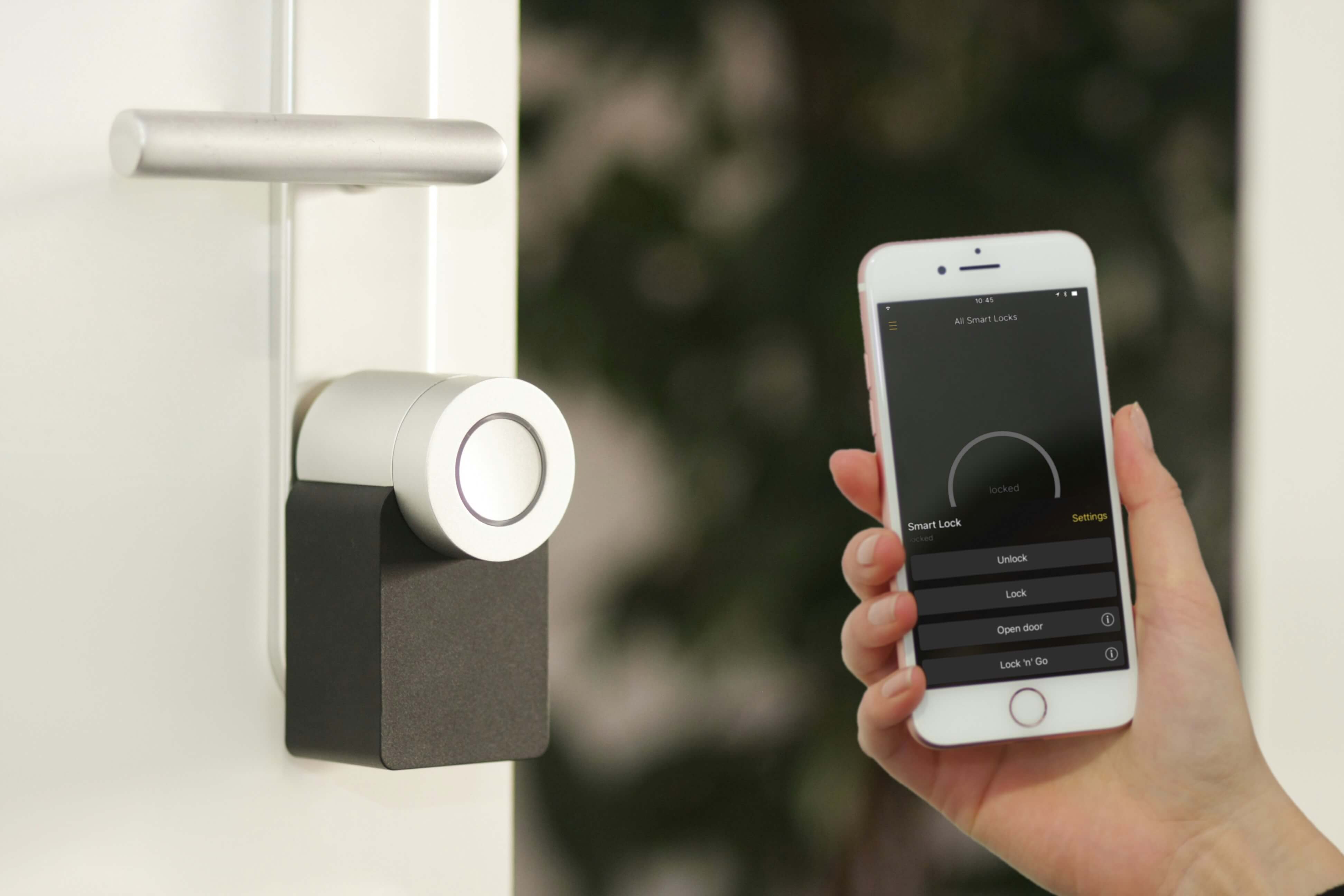Are you doing a plumbing project?
Modernize can pair you with three to four pros in your area, so you can compare options and save time and money.
- Winter Plumbing Prep: A Comprehensive Guide for Homeowners
- 1. Insulate Your Pipes
- 2. Maintain Your Water Heater
- 3. Prevent Frozen Pipes
- 4. Inspect and Maintain Your Sump Pump
- 5. Inspect Gutters and Downspouts
- 6. Maintain Outdoor Plumbing
- 7. Check for Plumbing Leaks
- 8. Prepare for Cold Weather Emergencies
- Winter Plumbing Prep Made Easy
Winter Plumbing Prep: A Comprehensive Guide for Homeowners
As winter rolls in, the chilly temperatures can cause significant strain on your home’s plumbing system. Frozen pipes, burst hoses, and inefficient water heaters are just a few common issues homeowners face when the mercury drops. But don’t worry! With a little bit of proactive maintenance, you can prepare your plumbing for the colder months and avoid expensive, unexpected repairs. Here’s a comprehensive checklist to help you ensure your plumbing is winter-ready.
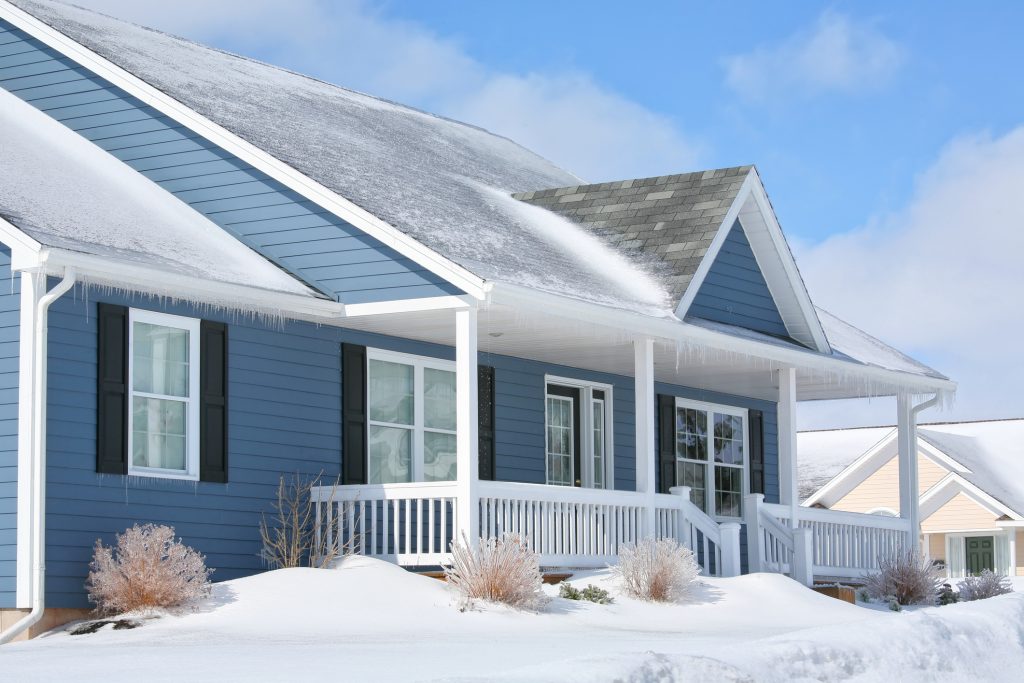
1. Insulate Your Pipes
Exposed pipes are the most vulnerable to freezing and bursting during the winter. Pipes that run through unheated areas like basements, attics, or exterior walls are especially at risk. When water freezes inside pipes, it expands, putting enormous pressure on the pipe, which can cause it to crack or burst, leading to significant water damage.
- Focus on Exposed Pipes: Insulate pipes in unheated areas such as basements, attics, garages, and crawl spaces.
- Use Pipe Insulation: Install foam pipe insulation or fiberglass wrap on vulnerable pipes, especially those running along exterior walls or under sinks.
- Heat Tape: Consider using electrical heat tape for pipes that are extremely prone to freezing.
- Cover Outdoor Faucets: Remove garden hoses and insulate exterior faucets with foam covers or an insulated faucet sock to keep cold air from creeping in.
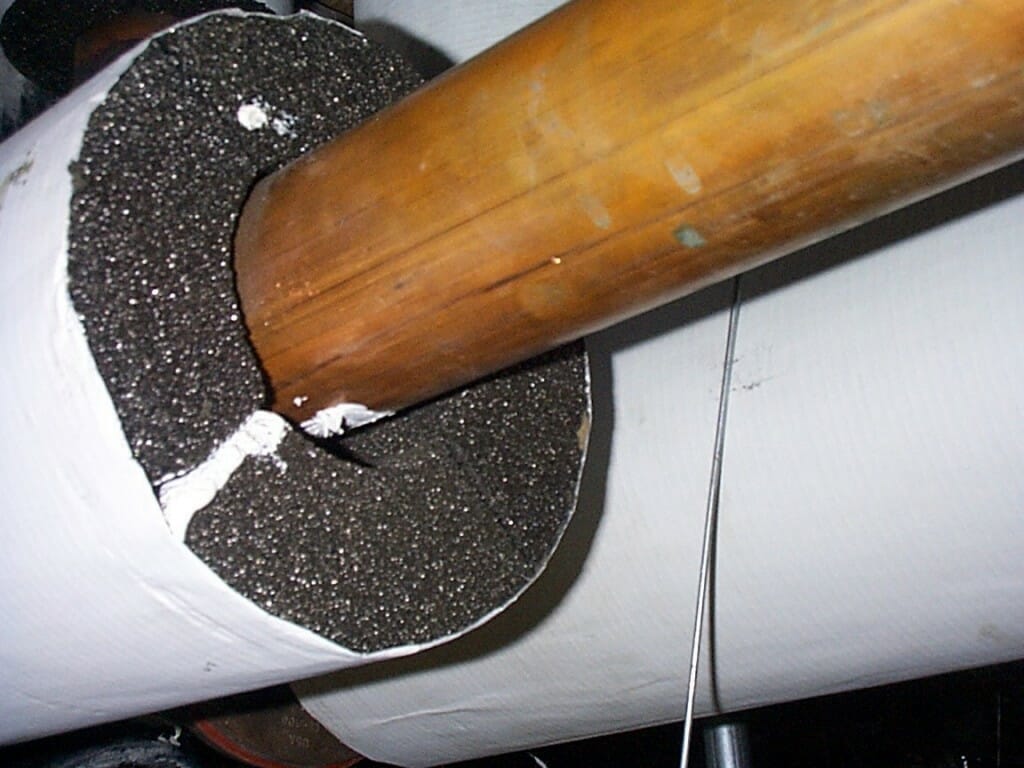
2. Maintain Your Water Heater
Your water heater works hard all year, but it’s especially important in winter when you need hot water for everything from showers to heating your home. Without regular maintenance, it can lose efficiency and increase your energy bills. In some cases, a neglected water heater can break down, leaving you without hot water when you need it most.
- Flush the Tank: Sediment can build up in your water heater, reducing efficiency. Flush the tank to remove sediment buildup and ensure it operates effectively.
- Check the Temperature: Set the water heater temperature to 120°F. This is warm enough for your needs and will prevent energy waste.
- Insulate the Tank: If you have an older water heater, add an insulating blanket to help retain heat and improve efficiency.
- Inspect the Anode Rod: This metal rod inside the tank prevents rusting. If it’s worn out, replace it to extend the life of your water heater.
3. Prevent Frozen Pipes
Frozen pipes are one of the most common plumbing problems in winter. When water freezes in a pipe, it can block the flow of water or cause the pipe to burst. To prevent this, you’ll want to take proactive measures to keep your pipes warm and ensure that water flows freely.
- Open Cabinet Doors: Allow warm air to circulate around your kitchen and bathroom sink pipes by leaving cabinet doors open, especially if the sink is located on an exterior wall.
- Allow Faucets to Drip: On extremely cold nights, let a faucet drip slightly. This keeps water moving through the pipes, reducing the chances of freezing.
- Seal Cracks and Gaps: Check for any drafts or gaps around windows, doors, and pipes, and seal them with caulk or spray foam to keep cold air out.

4. Inspect and Maintain Your Sump Pump
Heavy winter rains or melting snow can quickly lead to basement flooding, so it’s essential to ensure your sump pump is in top working condition. A faulty sump pump can fail to keep up with the water, leading to potential water damage and costly repairs.
- Test the Sump Pump: Ensure your sump pump is working by pouring a few gallons of water into the pit. The pump should turn on and expel water without issues.
- Clear Debris: Remove any debris from the sump pump pit to ensure the pump can work efficiently when needed.
- Check the Discharge Pipe: Make sure the discharge pipe is clear and properly directed away from the foundation of your home.
- Install a Battery Backup: Power outages are common in winter, and a battery backup ensures your sump pump continues to operate in the event of a power failure.
5. Inspect Gutters and Downspouts
Properly functioning gutters are essential in winter to direct water away from your home. If gutters are clogged with leaves, ice, or snow, water can back up, causing damage to the roof, walls, and foundation. This could result in frozen pipes or leaks in the spring.
Find the Right Contractor for Your plumbing Project
Whether you’re ready to begin your project now or need some expert advice, our network of contractors are here to help. With a few simple questions, we’ll find the best local professionals for you
- Clear Debris: Remove leaves, twigs, and other debris from gutters and downspouts to allow proper water flow and prevent ice dams.
- Check for Leaks: Inspect your gutters and downspouts for any leaks or damage. Repair or replace any sections as needed.
- Extend Downspouts: Make sure the downspouts direct water away from your foundation. In winter, melting snow or ice could lead to unwanted water seeping into your basement or crawl space.
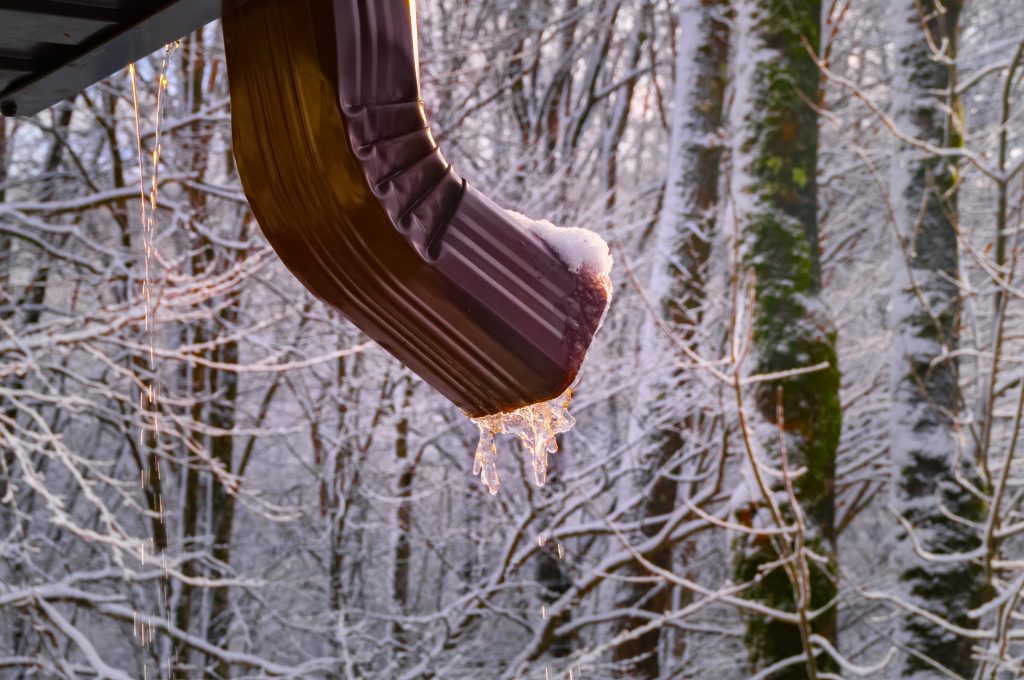
6. Maintain Outdoor Plumbing
Outdoor plumbing is vulnerable to freezing temperatures, and issues can arise quickly if not properly winterized. If left unprotected, outdoor water systems can burst, leading to leaks and water damage when the weather warms up again.
- Drain and Disconnect Hoses: Drain all water from outdoor hoses, and store them in a shed or garage. Disconnect hoses from outdoor spigots to prevent freezing.
- Shut Off Exterior Water Supply: If you have an interior shutoff valve for your outdoor water supply, turn it off and drain the lines. This will prevent outdoor pipes from freezing.
- Winterize Sprinkler Systems: If you have an irrigation system, ensure it is winterized by draining the pipes and turning off the system to prevent freezing.

7. Check for Plumbing Leaks
Winter can exacerbate plumbing issues, especially if pipes are exposed to freezing temperatures. It’s essential to fix leaks before they cause larger problems.
- Inspect Pipes for Leaks: Examine your visible plumbing for any signs of leaks or moisture. Fix any small leaks promptly before they become big problems.
- Look for Signs of Water Damage: Check walls, ceilings, and floors near pipes for any signs of water stains or dampness that could indicate a hidden leak.
8. Prepare for Cold Weather Emergencies
Even with the best preparations, plumbing issues can still arise in winter. Make sure you have the tools and knowledge to respond quickly.
- Know How to Shut Off the Water: Familiarize yourself with the location of your home’s main water shutoff valve. Knowing how to turn off the water in an emergency can prevent further damage from leaks or bursts.
- Keep Emergency Supplies On Hand: Have basic plumbing tools (like a wrench, plunger, and pipe sealant) on hand in case of minor repairs.
- Have a Plumber’s Number Ready: In case of major plumbing issues, it’s always a good idea to have a trusted local plumber’s contact information handy.
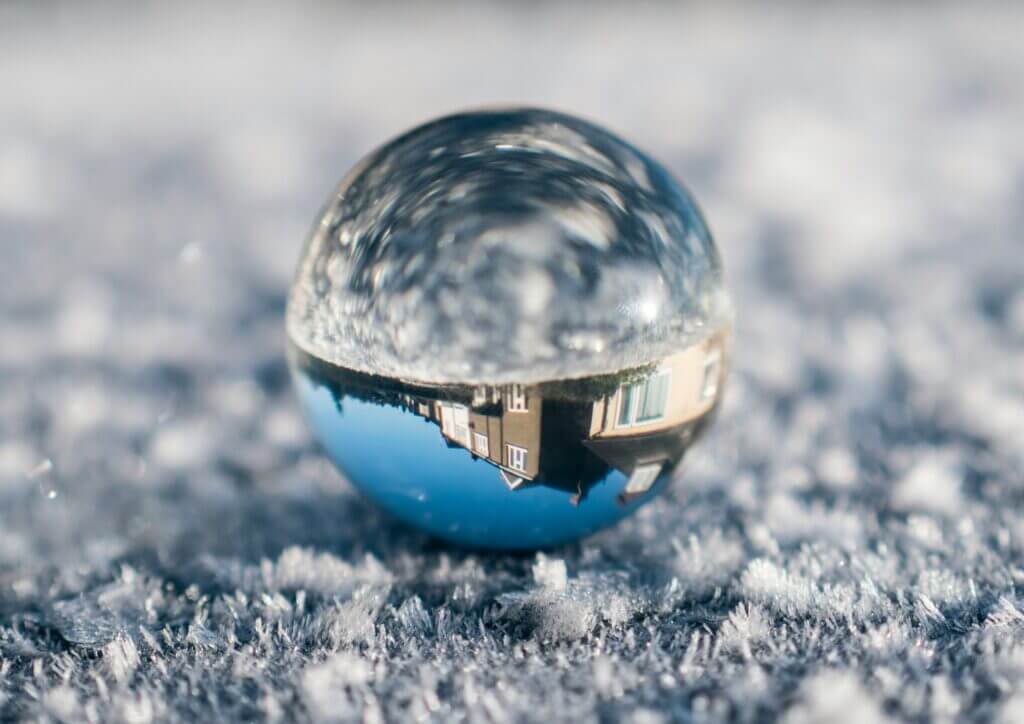
Winter Plumbing Prep Made Easy
Winterizing your plumbing doesn’t have to be overwhelming. By following this checklist, you can ensure your pipes, water heater, and plumbing systems are ready to handle whatever the season throws at them. Taking these steps now can save you from unexpected repairs and high energy bills later, leaving you free to enjoy a warm, cozy home all winter long. Stay proactive, and your plumbing will stay efficient and functional throughout the cold months ahead.
Find the Right Contractor for Your plumbing Project
Whether you’re ready to begin your project now or need some expert advice, our network of contractors are here to help. With a few simple questions, we’ll find the best local professionals for you
Reviews from Real Homeowners
Welcome to Homeowner Resources! We are the Modernize blog. Modernize pairs more than 3 million homeowners a year with pre-vetted contractors in their area. This blog started because we believe homeowners should know everything about their homes, from how their HVAC works to which front door colors they might love. On Homeowner Resources, you can find information on every part of your home, right down to how you can negotiate with contractors to get the best price. Here's more about the blog.
Need a contractor? Learn more about how Modernize finds the right pro for you.
